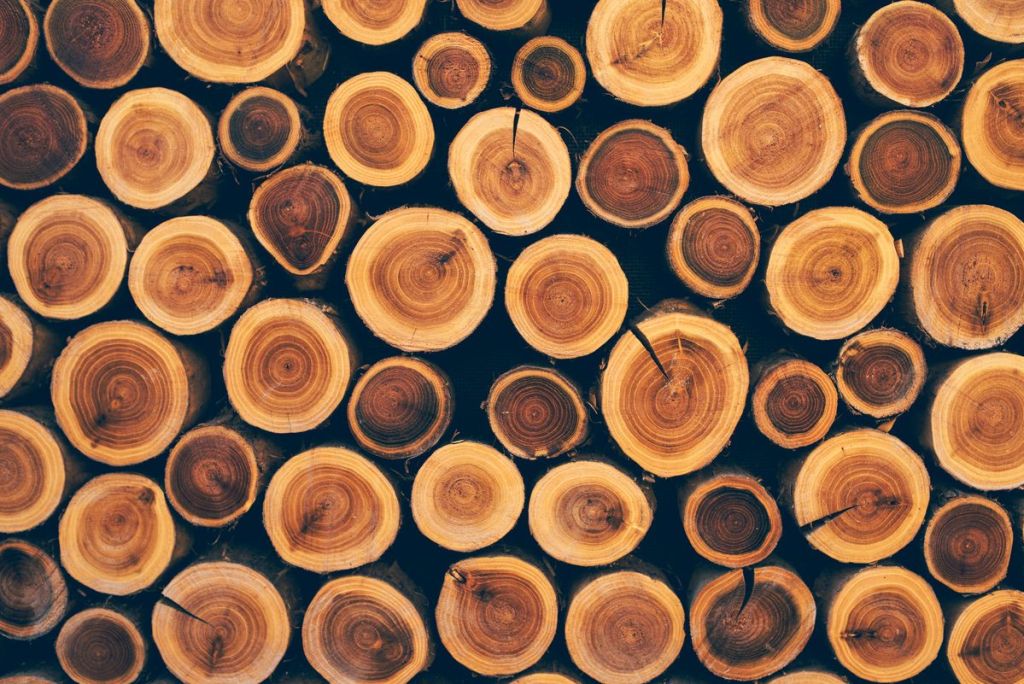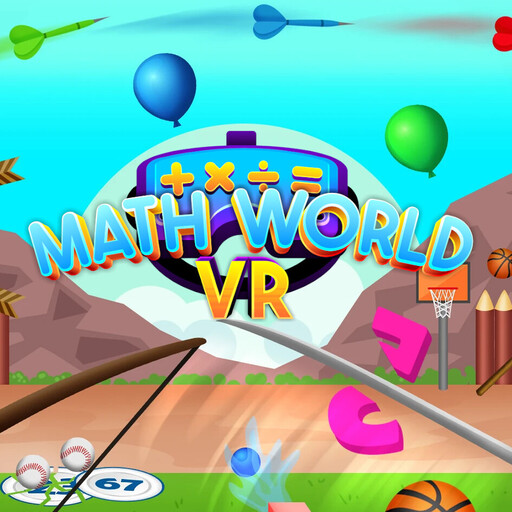Marble runs have been a play thing for kids for centuries. When it comes to building them, they offer entertainment with a touch of complexity. Marble runs can be crafted from materials like wood, plastic or metal. They come in shapes and sizes allowing you to create designs as straightforward or intricate as you desire.
The history of marble runs is rich and diverse. The earliest versions were constructed using elements such as stones and wood. These initial marble runs were often basic consisting of tracks for the marbles to roll down.
As time progressed marble runs evolved into structures. In the 1800s mass produced marble runs became available. These versions were made from materials like glass, plastic and metal. They boasted complexity compared to their predecessors featuring tracks and obstacles.
During the 1900s marble runs gained popularity. They appeared in movies and TV shows. Became toys for children of all ages. Marble runs also found their place in settings as they were recognized as tools, for teaching physics and engineering concepts to young minds.
Today marble runs continue to captivate children’s imaginations as a toy option.
They can be found in stores. Are also available, for purchase online. Marble runs are a pastime for adults well with numerous marble run competitions taking place worldwide.
The Earliest Marble Runs
The known marble runs were crafted from materials like stones and wood. These early versions were often quite simple consisting of nothing than a track for marbles to roll down.
Evidence of marble runs can trace back to civilizations. In fact the word “marble” is believed to have originated from the term “marmor,” which means “stone.” Egyptians utilized marbles for purposes including playing games creating jewelry and embellishing their homes.
Both ancient Greeks and Romans also engaged in marble play. The Romans even had a term for marbles; “pilae.” Marbles frequently served as prizes in games and competitions as a form of currency.
Marble runs during these stages were constructed using stone and marble materials.

The earliest marble runs were made from wood & stone.
Marble Runs in the Middle Ages
Marble runs continued to captivate peoples interest during the Middle Ages.
Actually they were frequently utilized as a means of educating children on the subjects of physics and engineering. Marble runs were also enjoyed as a form of entertainment. In instances individuals would even place bets on which marble would reach the end of the track first.
As the Middle Ages progressed, the construction and design of marble runs became more intricate, reflecting the era’s advancements in craftsmanship and technology. Monasteries and schools often had marble runs as part of their curriculum, using them to demonstrate scientific principles in a tangible way. Additionally, traveling entertainers and merchants would carry portable marble runs to fairs and markets, showcasing them as both a game and a marvel of engineering. The appeal of marble runs transcended social classes; from peasants to nobility, many found joy and fascination in watching the marbles navigate their paths. The legacy of these medieval marble runs laid the foundation for the continued evolution and popularity of this toy in subsequent centuries.
In the 1800s
Around the 1800s produced marble runs became readily available. These marble runs were crafted from materials such, as glass, plastic and metal. They were also more intricate compared to versions often featuring tracks and obstacles.
The initial mass produced marble run were invented in 1806 by an individual named John Keilbach. Keilbach’s creation consisted of a structure with tracks and obstacles. This marble run gained popularity contributing significantly to the fascination with these toys.
As the century progressed, the design and complexity of marble runs evolved. Manufacturers began to experiment with different materials and mechanisms, leading to a variety of styles and themes. Some marble runs were designed with educational purposes in mind, aiming to teach children about physics and engineering principles. Others were purely for entertainment, with intricate designs that challenged users to find the most efficient path for the marble.
By the late 1800s, marble runs had become a staple in toy stores across Europe and America. Their popularity was not just limited to children; adults too found joy in constructing and playing with these intricate toys. Collectors began to emerge, seeking out rare and unique designs, further cementing the marble run’s place in toy history.
In the 1900s
Throughout the 1900s, marble runs experienced a surge in popularity. They made appearances in movies and TV shows while becoming a plaything for children across all age groups. Marble runs found their place in settings too as they were recognized for their ability to impart knowledge about physics and engineering, to learners.
One liked marble run from this era was Kiddicrafts Marble Run. The Marble Run is constructed from plastic and includes a variety of tracks and obstacles. It gained popularity and played a significant role in making marble runs popular worldwide.
As the 20th century progressed, advancements in manufacturing and design techniques led to even more innovative and intricate marble runs. Toy companies around the world competed to produce the most engaging and challenging sets, leading to a diverse range of products on the market. Schools and educational institutions began incorporating marble runs into their curriculum, recognizing their potential as hands-on learning tools. Parents appreciated the dual benefit of marble runs: they kept children entertained while also promoting cognitive and motor skill development.
By the latter half of the century, marble run competitions emerged, where enthusiasts would showcase their custom-built tracks and compete for the most impressive design. These events further fueled the passion for marble runs and solidified their place in popular culture. The legacy of the 1900s set the stage for the continued evolution and love for marble runs into the new millennium.
Marble Runs Today
Today marble runs continue to be a toy for children. They can be found in stores. Are available for purchase online as well. Moreover marble runs have also captured the interest of adults leading to marble run competitions being organized globally. Further, there are now marble run video games including a virtual reality marble run builder game.
One such regarded competition is the Marble League—an event where teams of marbles compete across different events. The Marble League has been immensely successful in promoting the popularity of marble runs

Educational Benefits of Playing with Marble Runs
Playing with marble runs offers advantages. It aids in the development of motor skills, hand eye coordination and problem solving abilities in children. Additionally it provides an opportunity for children to explore concepts related to physics and engineering.
Apart from these benefits engaging with marble runs is also incredibly enjoyable. It serves as a way to unwind. Relieve stress while also being an excellent activity, for spending quality time with friends and family.
Furthermore, the versatility of marble runs allows for endless creativity and customization. Children and adults alike can experiment with different track layouts, obstacles, and marble types, leading to countless hours of exploration and discovery. This open-ended play encourages imaginative thinking and fosters a sense of accomplishment as one sees their marble successfully navigate the course they’ve designed. For many, the mesmerizing motion of the marbles and the satisfying clink as they travel down the tracks provide a sensory experience that is both calming and captivating. Whether used as an educational tool, a therapeutic activity, or simply for fun, marble runs have proven to be a timeless and cherished toy for generations.
If you’re searching for an educational toy, for your kid consider a marble run. If you’re interested in a VR video game centered around marble runs, I recommend Robo Rigs VR. It allows you to construct your marble runs, in virtual reality!







